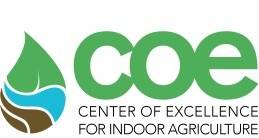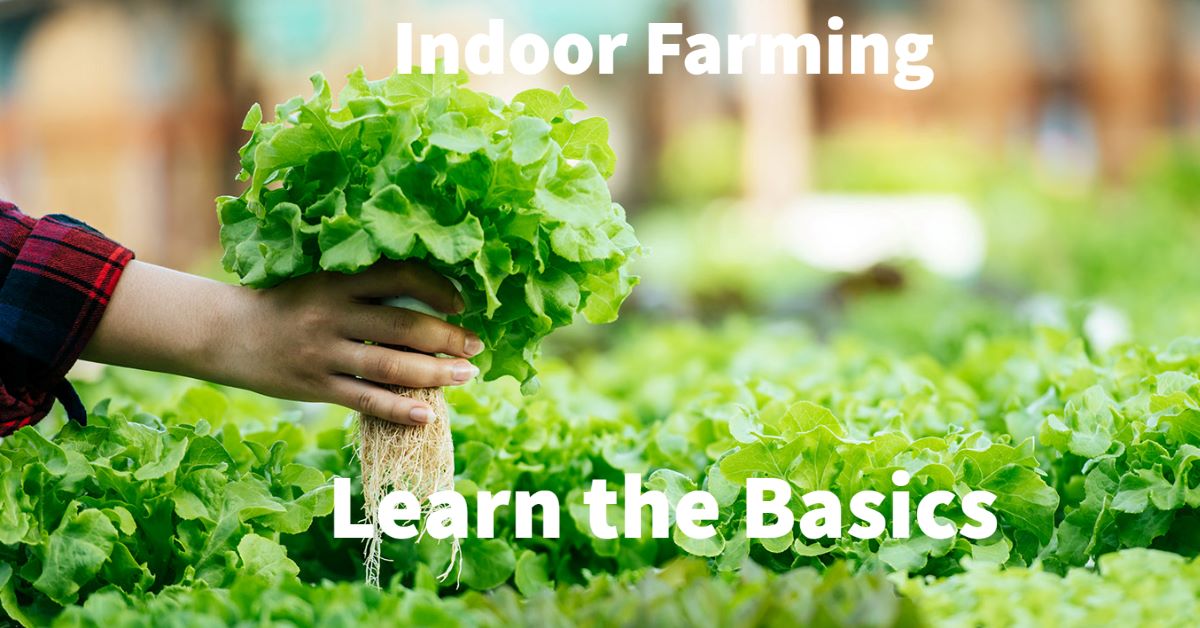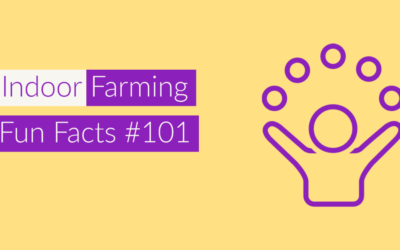Many Variations of Farms
So you may have heard of a lot of different terms that refer to modern farming:
- Indoor farming
- Vertical farming
- Greenhouse farming
- Controlled Environment Agriculture (CEA)
- Urban farming
The goal of this post is to make sense of these different farm types. Before we begin, two points of clarification:
- The word ‘Farm’ refers to the whole facility and not the method of growing
- We will address alternative methods of growing such as aeroponics, hydroponics, acquaponics, tower gardens, etc. in another post.
Farm Taxonomy
As you can see from the taxonomy below, indoor farming is a subset of all farming. Most growing currently takes place outdoors in open fields from California (e.g., fruits and veggies) to Iowa (e.g., corn and soybeans) to Pennsylvania (e.g., apples and potatoes).

Urban farming is another popular term. Urban farms are small farms or gardens that are located in urban metropolitan areas. They may be as simple as a community plot to grow veggies. They also may include modern towers made of PVC designed to grow fresh lettuce or kale that can be positioned on the ground, in homes, in warehouses or on rooftops.

Typical urban farm above. Tower garden to the right.
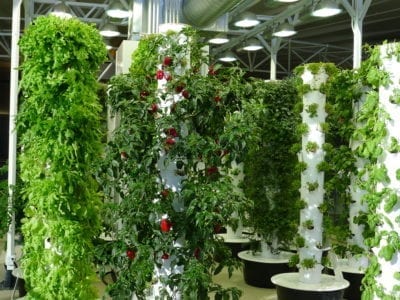
Greenhouse Farms
Greenhouses have been the workhorse for indoor growers for over a 100 years, especially in the production of flowers and ornamental plants. The modern high-tech designs were pioneered in the Netherlands and have since been embraced all over the world. Several examples of these farms are evident throughout the U.S. and the largest span hundreds of acres. For example, according to Greenhouse Grower, Altman Plants (CA) has almost 600 acres under glass followed by Costa Farms (FL) with 345 acres (1). These are mainly used in the production of ornamental plants.
Greenhouses to produce edible plants were originally designed for the production of tomatoes, but now are used in the production of kale, microgreens, lettuces, herbs, squash, and numerous other types of fresh produce. These greenhouses, formerly located in rural areas, are now being positioned near metropolitan areas in order to bring operations closer to population centers. For example, BrightFarms has greenhouse operations located just outside of Philadelphia and Cincinnati to produce lettuces and other leafy greens. Gotham Greens’ first greenhouse was located on top of a warehouse in Brooklyn, NY and has since expanded to other cities. Lufa Farms has multiple rooftop locations in Montreal and other parts of Canada.
What is common to greenhouses is that they are clothed in materials such as glass that transmit natural sunlight, include climate control and irrigation equipment, and all growing takes place on a single level. They may also use a a modest amount of supplemental lighting during winter months.

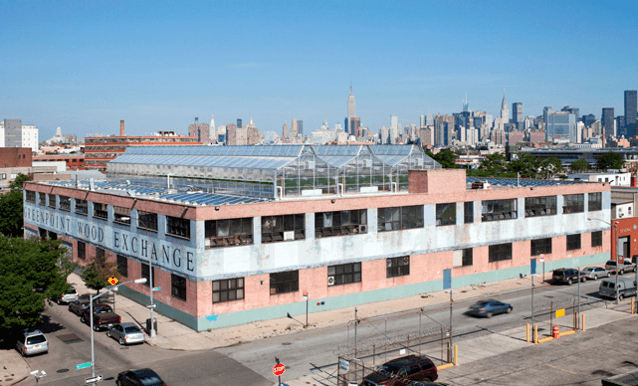
BrightFarms greenhouse (L). Gotham Greens greenhouse on rooftop above. Lufa Farms below.

Indoor Vertical Farms
Indoor vertical farms represent another method of growing fresh vegetables and other plants and are variously referred to as indoor farms, vertical farms, vfarms, or plant factories. While the development of vertical farms to grow leafy greens is relatively new, mushrooms have been grown this way for over 100 years.

Mushroom racks at a farm in Chester County, PA.
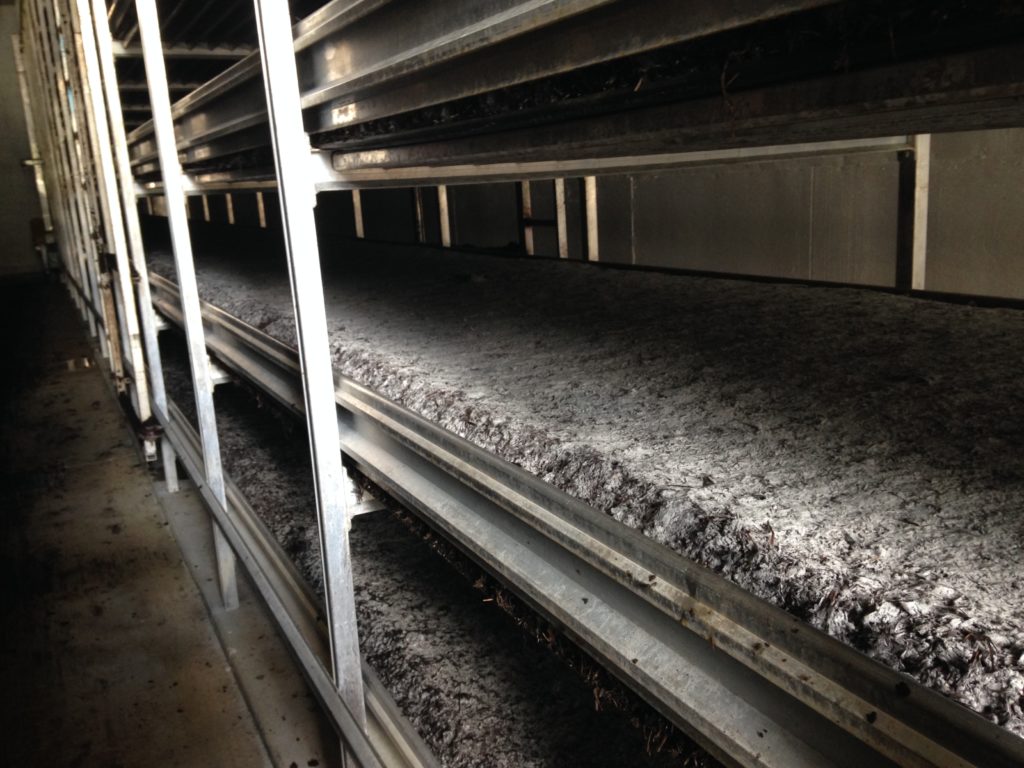
Growing leafy greens and other plants indoors has emerged in the past twenty years. In these farms, plants are grown entirely indoors using LED lights. The advent of efficient LED lighting technologies has allowed farmers to save money while providing the plants with just the right wavelengths of light to optimize growth. Other advances include automation and artificial intelligence. We will go into these tech advances in greater depth in another post.
Modern indoor farms employ a variety of architectures but there are two primary ways these farm systems are laid out:
- Multi-tier-horizontal farms
- Multi-tier-vertical farms
An example of a horizontally stacked design is illustrated below. This particular facility is characterized by horizontal multi-tier growing systems starting at ground-level that use artificial light and extensive indoor climate controls. Aerofarms uses this type of design for their production processes.
An example of a indoor farm using vertical towers is also illustrated below. This facility is characterized by vertical multi-tier growing systems starting at ground-level that use artificial lighting and extensive indoor climate controls. Plenty, Inc. uses systems like this that they acquired from Bright Agrotech.
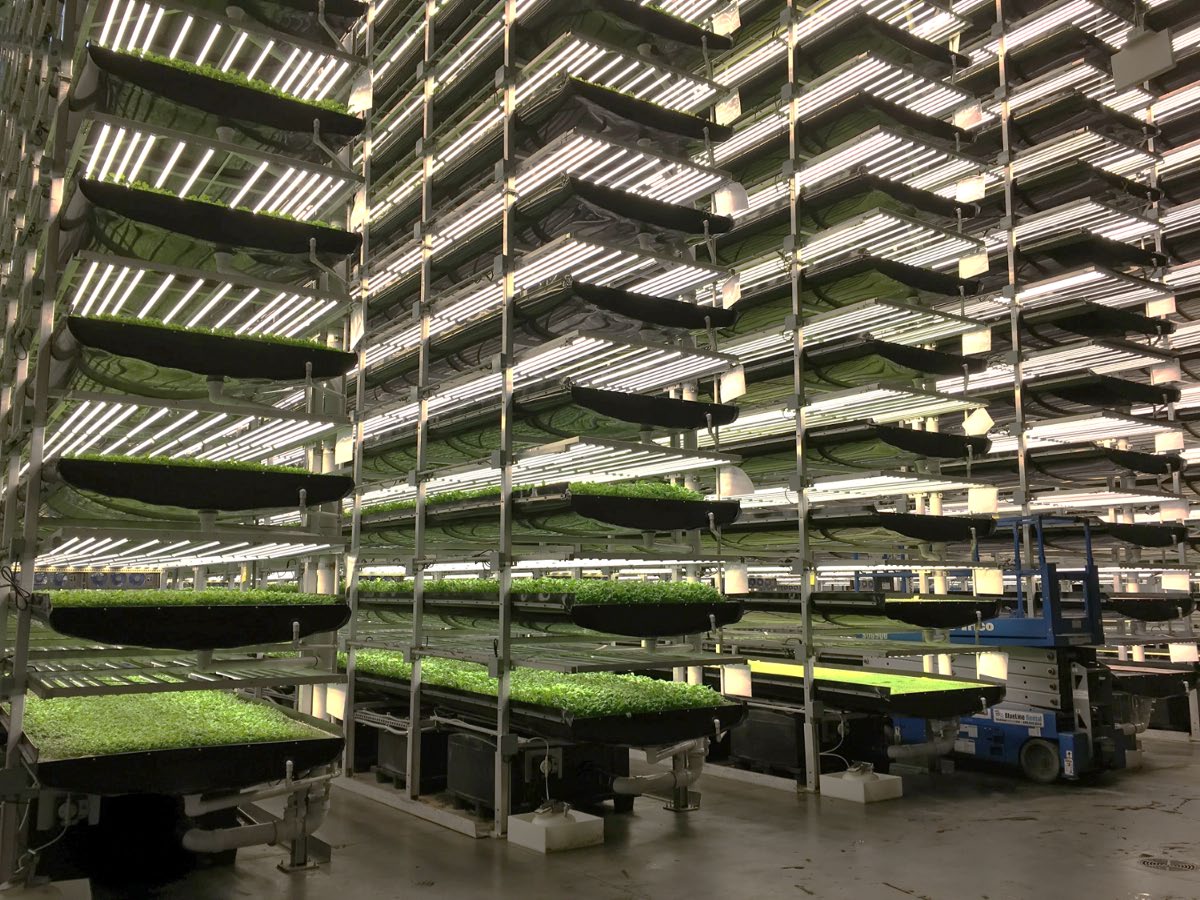
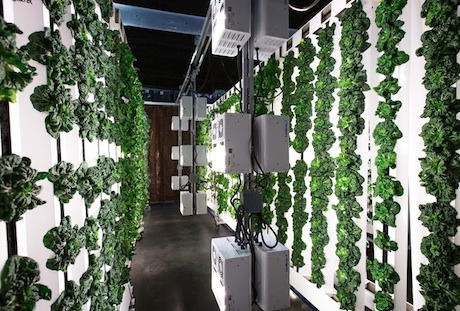
Aerofarms (left). Vertical towers (above).
Controlled Environment Agriculture (CEA)
CEA is the academic term used by universities to describe indoor test farms, academic programs and areas of research centered around indoor farming. Two universities that have programs in CEA include University of Arizona and Cornell University.
In brief:
- Controlled Environment Agriculture (CEA) is an advanced and intensive form of agriculture.
- Plants are grown within a controlled environment so that horticultural practices can be optimized.
- CEA is used to describe both greenhouse operations and indoor farms that use artificial light.
All modern indoor farms represent some form of CEA. Pictured below is an example of a CEA hydroponic demonstration greenhouse using hydroponics at Epcot Center.
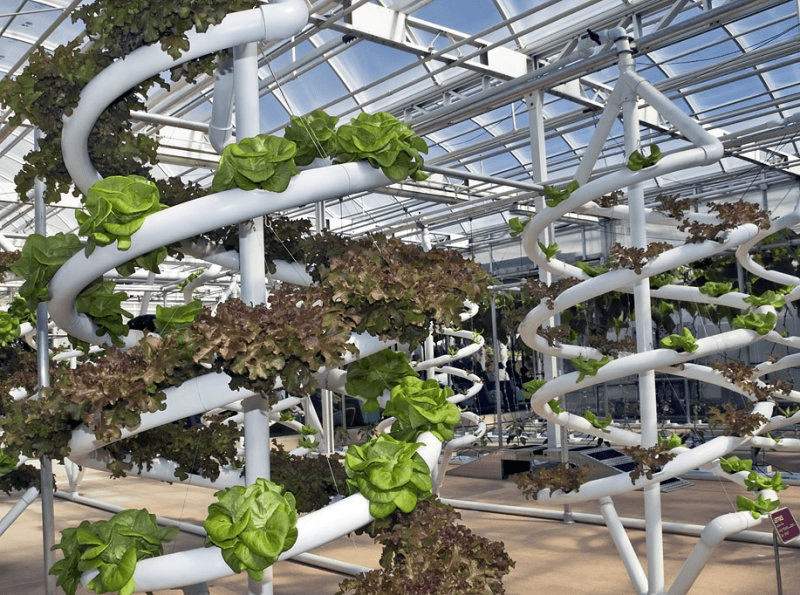
So, What About Hydroponics?
As I mentioned at the top of this post, there are several growing methods including hydroponics, aeroponics, acquaponics, tower gardens, etc., which I will address in another blog. All of these methods share the characteristic of growing plants in water instead of soil.
Here’s brief run-down of how they differ:
- Hydroponics: growing plants in water. Plants are fed premixed nutrients that dissolve in water.
- Aeroponics: growing plants in air, where nutrients are deposited onto the roots using a fine mist sprayer.
- Aquaponics: growing plants in water. Plants are fed nutrient-rich water from a fish ecosystem located adjacent to the plant system.
- Tower Garden: A type of growing system usually made of PVC that feeds the plants through a drip irrigation system.
More on this topic later!

References:
1. https://www.greenhousegrower.com/management/2019-greenhouse-grower-top-100-growers-the-complete-list-and-more/
